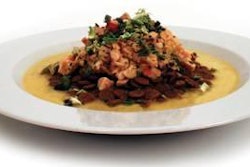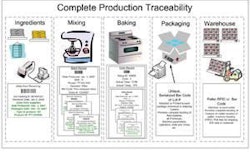A colonic separation mechanism (CSM) is the prerequisite for the digestive strategy of coprophagy. Two different CSM are known in small herbivores: the “wash-back” CSM of lagomorphs and the “mucus-trap” CSM of rodents. Differences between these groups in their digestive patterns when fed exclusively hay were investigated in six rabbits (Oryctolagus cuniculus) and six guinea pigs (Cavia porcellus).
Intake, digestibility (by total fecal collection), solute and particle mean retention times (MRT) were measured. Rabbits selected less fibrous parts of the hay than guinea pigs, leaving orts with higher content of neutral detergent fiber (NDF). They also expressed a lower NDF digestibility, a similar particle MRT, a longer solute MRT and a lower calculated dry matter gut fill than guinea pigs.
These results support the assumption that the wash-back CSM in rabbits is more efficient in extracting bacterial matter from the colonic digesta plug than the mucus-trap CSM in guinea pigs. Related to metabolic body mass, rabbits therefore need a less capacious colon for their CSM where a more efficient bacteria wash-out is reflected in the lower fiber digestibility. A lighter digestive tract could contribute to a peculiarity of lagomorphs: their ability to run faster than other similar-sized mammals.
Source : R. Franz et al., 2010. Intake, selection, digesta retention, digestion and gut fill of two coprophageous species, rabbits (Oryctolagus cuniculus) and guinea pigs (Cavia porcellus), on a hay-only diet. JAPAN online November 2010. doi: 10.1111/j.1439-0396.2010.01084.x

















